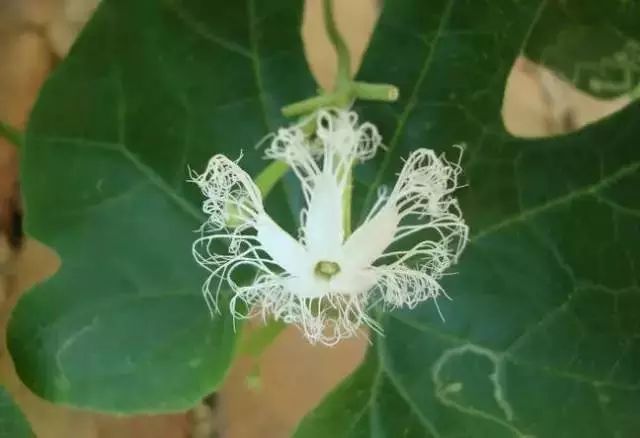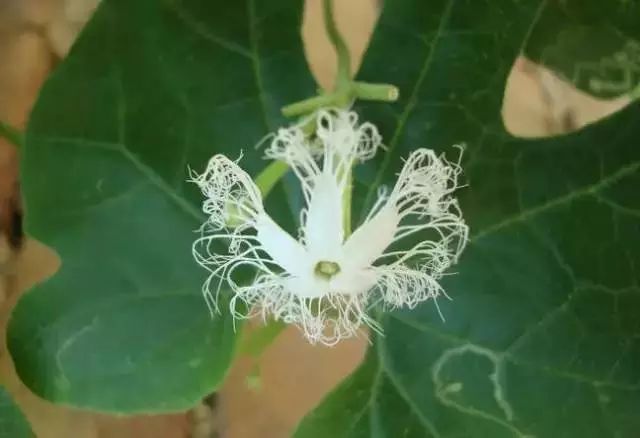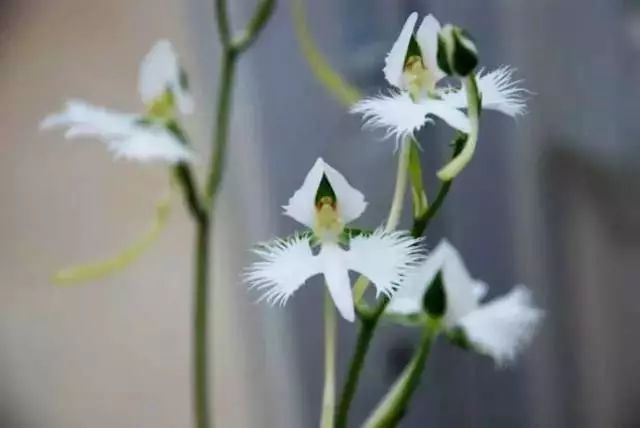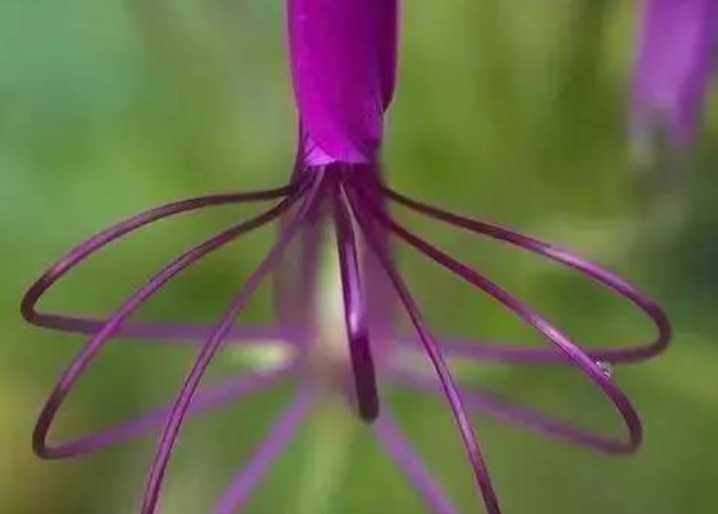Vibrant Luffa Flowers: Nature's Edible and Ornamental Marvel
Luffa flowers, borne by the Luffa aegyptiaca and Luffa acutangula vines, are a common sight in tropical and subtropical gardens worldwide. Native to Southeast Asia, these bright yellow blooms not only adorn landscapes but also serve as a culinary delicacy and precursor to the fibrous "loofah" sponges. The plant’s vigorous climbing habit makes it a popular choice for trellises and garden structures, where its flowers dangle like sunny pendants.

Source: Images from the Internet, if there is any infringement, please contact the removal of
Each luffa flower is a striking example of botanical design: male flowers grow in clusters on long stalks, while female flowers appear singly with a small, immature fruit at their base. Both types feature five vibrant yellow petals that open in the morning, releasing a mild fragrance to attract bees and other pollinators. The flowers are short-lived, typically wilting by midday, but their rapid production ensures a continuous supply throughout the growing season. In many cuisines, fresh luffa flowers are harvested before noon, stuffed with herbs or battered and fried, prized for their delicate, slightly sweet flavor.
Beyond their aesthetic and culinary value, luffa flowers play a crucial role in the plant’s lifecycle. Successful pollination leads to the development of elongated, cylindrical fruits that mature into the familiar loofahs. These natural sponges have been used for centuries in bath products and household cleaning, highlighting the plant’s multifunctional utility. While luffa is adaptable to various soils, it thrives in warm, sunny environments with consistent moisture. As a sustainable crop, it requires minimal care and offers a blend of beauty, edibility, and practicality, making it a beloved addition to both traditional and modern gardens.
-------- END --------






